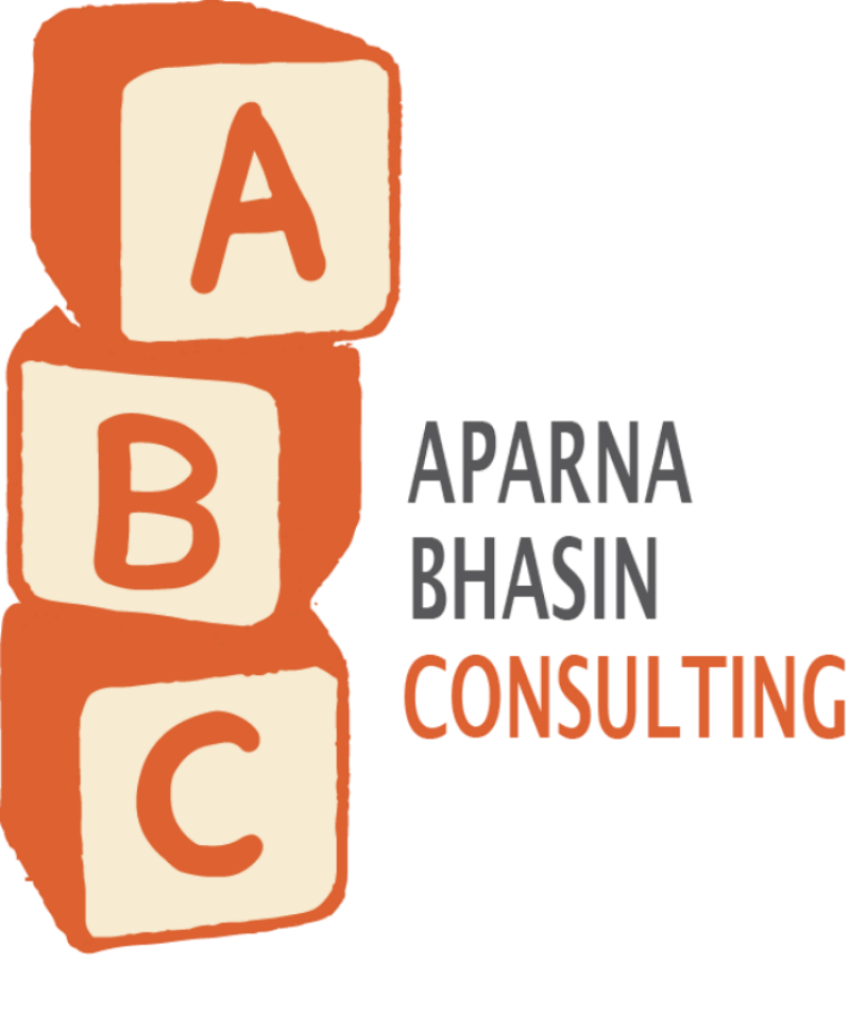Thinking Critically is Critical
- Vivek Mohan
Vivek is a Consultant with Aparna Bhasin Consulting who specialises in Monitoring, Assessment, and Evaulation.
”Critical Thinking” is an all-encompassing term that refers to any mental reasoning activity that requires you to evaluate information and/or process information from a new perspective, that is therefore clear, rational, independent and logical. It allows you to challenge the assumptions, flaws and biases in our typical reasoning and successfully differentiate between facts and opinions.
Achieving this level of thinking while solving a problem - that allows you to suspend your beliefs in order to explore and question topics from a ‘blank slate’- can be achieved through 4 systematic steps.
1. Gathering and evaluating information - when presented with a problem, one of the first steps that you take is to…yes! Solve it!
Actually, no. Let’s take a few steps back.
Take a closer look at your problem. Study it from various angles. Look in-depth for background information on what actually constitutes the problem. Synthesize and organise this information about the problem (from relevant, reliable sources of course! Remember the school teachers chiding you about Wikipedia-research?), representing various points of view and diverse approaches.
What you are building up through this exercise is the ability to inquire, to formulate and frame relevant questions regarding the specific problem or challenge at hand. This systematic process of thinking enables you to break down a complex problem into clear and concise segments, so as to be easily understood by anyone else, while collecting and analysing information that results in informed conclusions and judgements.
2. Defining the problem - having deconstructed the complex problem in front of you, you arrive at the root of all evil…or, to be less dramatic, the core or heart of the problem, and are able to put together what is known as a problem statement.
This approach cultivates an open mind and bias-free thinking, that is integral to critical thinking. With the many cultures, beliefs, and stories that coexist and make our world, there are also several possibilities and answers to the questions we face every day in life.
3. Identifying strategies and proposing solutions - once the core of the issue is identified, time to hack away at it by trying to identify multiple approaches to solving the issue and proposing one or more solutions after carefully evaluating the relevance of contexts. In doing so, one must take care to systematically and methodically analyse our own and others' assumptions when presenting a position.
In doing so, you also start to let your creative juices flow, going beyond the limitations and being original and fresh in your ideas, forcing you to adapt to situations of change, to initiate change and to take intellectual risks.
And that is the end of that.
No? Maybe we could stretch this out a bit more…? Ah!
4. Evaluating potential solutions - This includes deeply and thoroughly considering the history of the problem; reviewing logic or reasoning; examining feasibility of the proposed solution; and weighing the impacts of the solution.
Along with this, you also evaluate outcomes, reviewing the results relative to the problem defined with thorough, specific considerations of need for further work.
These conjoined steps allow you to draw logical conclusions from your work. A good conclusion is based on extracting information, getting feedback from others, and depicting it in a way that others can understand. Drawing conclusions involves analysing and weighing the information at hand as well as the sources used.
And that brings us to the end of that!
Achievement unlocked: Critical thinking
Level: Pro……bably needs more practice than merely reading a blog post.
Get to it! Take a problem! See how you can break it down to the smallest bits. Get to its core. Find a solution. Find holes in that solution. Find enough band-aid-solutions to patch those holes. Then drill more holes. Keep pushing yourself to solve it. You may surprise yourself.
Or you may come back here to tell we sold you a cock-and-bull story and wasted 3 days of your time.
Either way, get critical!

